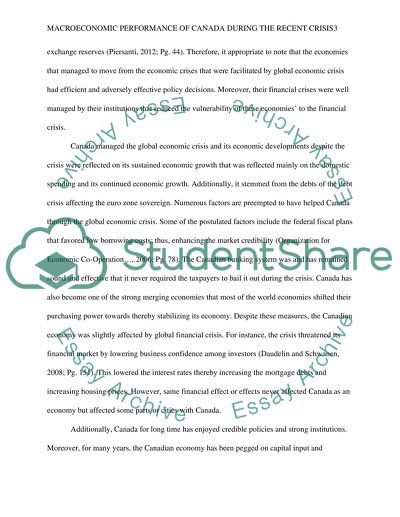Cite this document
(“Macroeconomic Performance of Canada during the Recent Crisis Assignment”, n.d.)
Macroeconomic Performance of Canada during the Recent Crisis Assignment. Retrieved from https://studentshare.org/macro-microeconomics/1496544-write-a-report-describing-your-countryyies-in-your
Macroeconomic Performance of Canada during the Recent Crisis Assignment. Retrieved from https://studentshare.org/macro-microeconomics/1496544-write-a-report-describing-your-countryyies-in-your
(Macroeconomic Performance of Canada During the Recent Crisis Assignment)
Macroeconomic Performance of Canada During the Recent Crisis Assignment. https://studentshare.org/macro-microeconomics/1496544-write-a-report-describing-your-countryyies-in-your.
Macroeconomic Performance of Canada During the Recent Crisis Assignment. https://studentshare.org/macro-microeconomics/1496544-write-a-report-describing-your-countryyies-in-your.
“Macroeconomic Performance of Canada During the Recent Crisis Assignment”, n.d. https://studentshare.org/macro-microeconomics/1496544-write-a-report-describing-your-countryyies-in-your.


